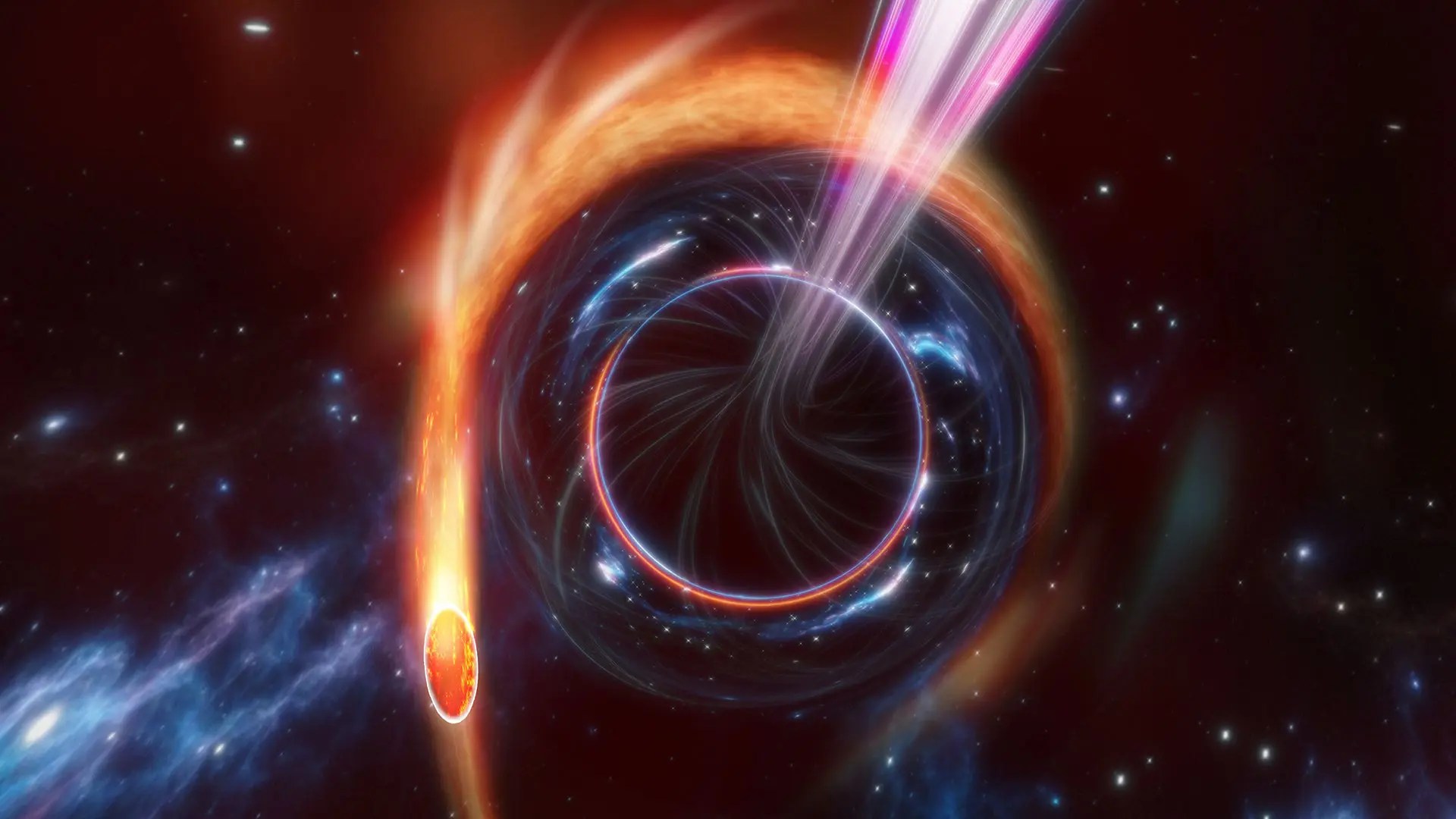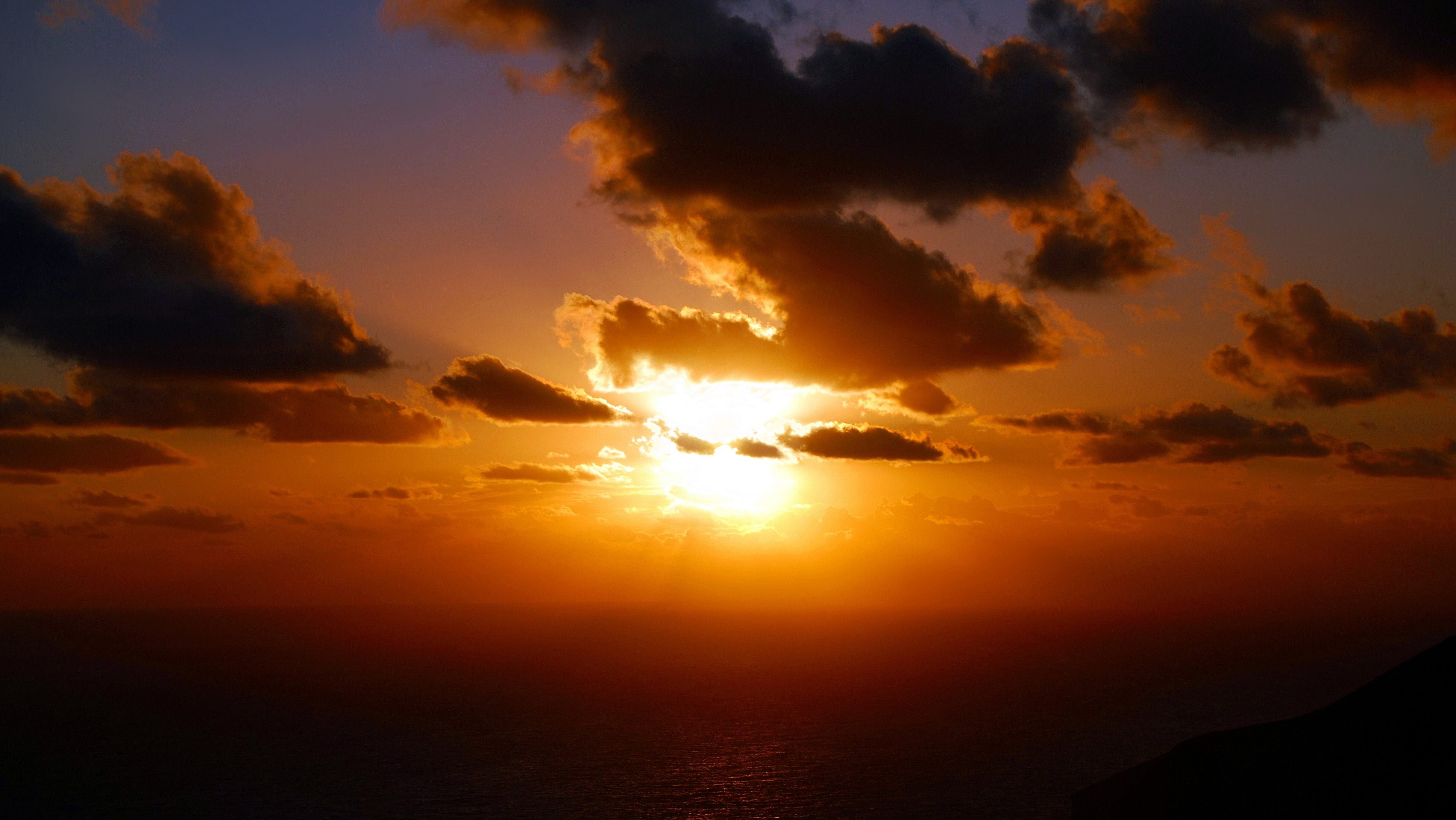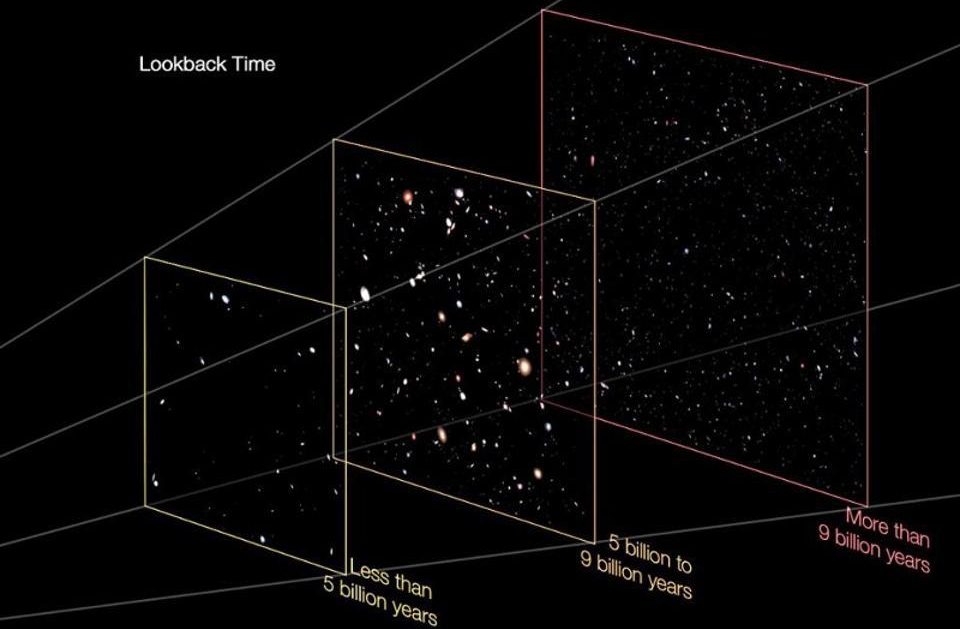Like a lot of people, I’m worried. I’m worried about the politics of hatred and its seeming steady rise across the world.
I’m worried about the way new digital technologies seem to be unweaving the fabric that allows democracies to function.
Most of all, I’m worried about the rapidly changing climate and the cascade of impacts it will force on our cherished project of civilization. Sometimes, this worry is enough to literally keep me up at night.
That’s when I remember where the real power lies, and I look at videos of the sun.
Over the last few decades, astronomers have gotten really good at observing the closest star to us—our sun, which is pretty ordinary as stars go. It’s not exactly average, since lower mass stars are the most common. But the sun is no prize winner, and it’s not going to get itself placed in any record books. It’s not really big. It’s not really bright. It’s doesn’t have cosmic scale explosions that can be seen from across the galaxy. It’s just a smallish G-type star living its life in a not particularly interesting corner of the Milky Way. It seems completely non-descript.
Until you really look at it.
Please take three minutes to watch this video, and you’ll see what I mean:
You can see that our sun—that every-day, bright yellow disk in the sky—hosts the power of a god. Like every star, the sun is a ball of ionized gas that glows via energy released in fusion reactions at its core. The surface is where all that energy is released, and just a few minutes of watching the sun’s surface activity is enough to change your opinion about the real nature of what’s going on in our lives.
There are vast plumes of plasma—thousands of times larger than Earth—blown 100,000 miles into space that fall back to surface like rain from hell. There are giant arcs of magnetic field that form a fibrial network the extending across the entire disk of the sun. Watch long enough, and these ethereal webs of magnetic energy will shudder and short out, reconnecting their arcs from one location to the other and releasing hurricanes of light in the process. When the fields really “let go,” they can create explosions that drive planet-sized cannonballs of plasma into space with an energy equivalent to a billion aircraft carriers moving at 1 million miles per hour.
A profound narrative
All this mayhem and power, revealed through the eyes of science, has a profound lesson to teach us.
Watching a few minutes of solar activity reminds me that whatever moment in history I am living through, its story is just one of many. Each tiny eruption on the sun is a narrative of titanic forces unbalancing and rebalancing. And each is powerful enough to put all the arsenals on Earth to shame. Simply put, what I see watching the sun is that whatever I’m worrying about doesn’t matter much at any scale larger than the daily frame of my life.
Now please don’t misunderstand me. We should be deeply concerned about the suffering of others. We should be, and must be, committed to actions that alleviate that suffering. We can and should look for opportunities every day that contribute to supporting a future of freedom, equality, and thriving for all living things.
That is the good, necessary work of being human in whatever moment you were born into.
But it’s also important to see how our lives are embedded in a bigger story that is equally true and equally real. The sun shows us one, very local aspect, of this “cosmic perspective.” It tells us just how remarkable, extraordinary, and awe-inspiring our vast home of the universe really is.
What that means, for me at least, is that I should just get on with the helping day-to-day and let go of the worrying. That’s what the stars—and the Sun most of all—have shown me.
The post Life Lessons from the Sun appeared first on ORBITER.






